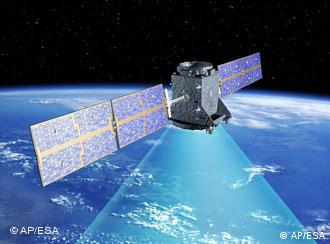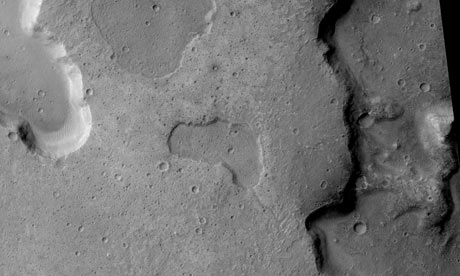 A cloud of comets surrounds the main disc of the solar system - new research suggests the cloud may be more compact than previously thought (Illustration: T Pyle/SSC/JPL-Caltech/NASA)
A cloud of comets surrounds the main disc of the solar system - new research suggests the cloud may be more compact than previously thought (Illustration: T Pyle/SSC/JPL-Caltech/NASA)From The New Scientist:
The solar system may be significantly more compact than previously thought, according to a new computer simulation of the cloud of comets that enshrouds the solar system. The work suggests the cloud may not contain as much material as once suspected, which could resolve a long-standing problem in models of how the planets formed.
Read more ....















































